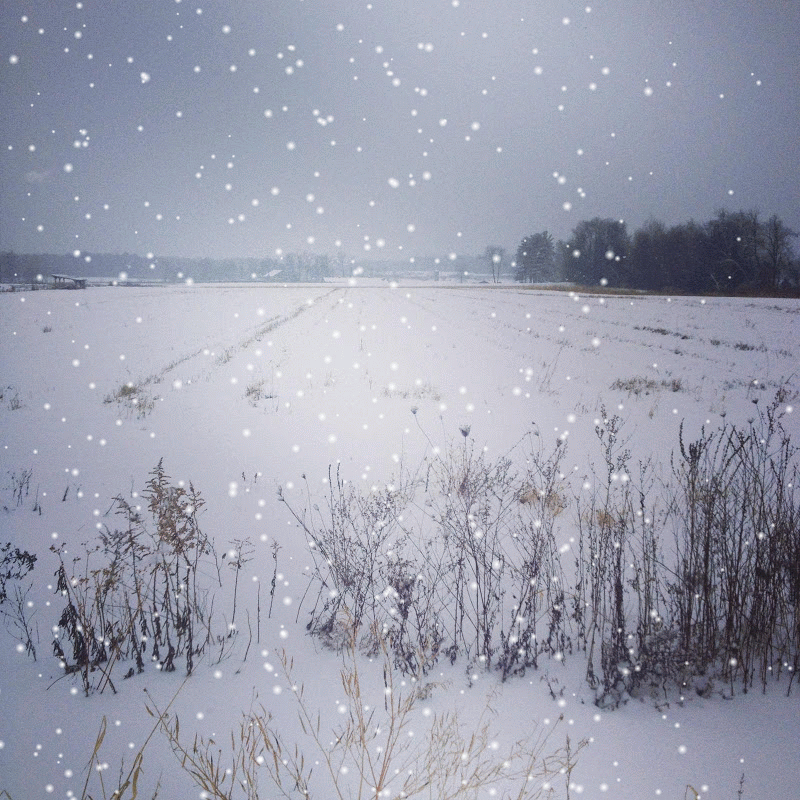Garden Preparation
Now that the soil is warming up, it’s time to start prepping your gardens for the new planting season. If you have established perennial gardens, then not too much will be needed other than cleaning out the debris between the established plants. Now is also a good time to either pull or cultivate out the weeds that are beginning to grow. You may also choose to feed the perennials as you water with a liquid fertilizer, or spread a granular fertilizer on top of the soil between the plants at the recommended rate on the label and then water in well.
If you are developing a new area for your garden, you should evaluate the type of soil you have and determine if it needs additional drainage. Creating a new planting bed will require some effort on your part, but you will be rewarded handsomely by the fruits of your labor. (Pun intended)
A good weekend project, you will need a wheelbarrow, spading fork, square-edged shovel and some good muscle rub cream or access to a hot tub for afterwards.
Start off by marking the area you wish to work in. Choose a spot that is neither too dry nor too wet. You will be double digging, which is a term /process originated by the French in the 19th century and not only will it give you a well-drained bed, but will also provide great aeration for your soil. Double digging, while a bit labor intensive, will create a bed that will last at least three to five years.
Beginning with the first row of your bed, dig down one shovel length (about 12 inches deep) and two lengths wide, placing the turf or soil in the wheelbarrow. Then using the spading fork, loosen the bottom layer of the soil about 12 inches or so deep. After loosening the soil, you should add compost and peat to the bottom of the bed about an inch or so deep. Complete the first row in this manner.
Move on to the second row, backfilling the first row with the soil dug up from the second row. Again, loosen the bottom layer of soil about 12” deep. Add compost and peat to the second row just as you did for the first row. Keep repeating the same procedure for each row. You will be backfilling your last row with the soil in the wheelbarrow from the first row you dug. The overall depth of your new garden will be about 24 inches.
The process of loosening the soil with the spade fork will allow the roots of your plants to thrive due to increased aeration and drainage. It will also allow them to move easily through the soil. The compost and peat will increase the fertility of your soil. You now have a wonderful space for your new garden and will be the envy of all on your block as your garden flourishes!
If you are developing a new area for your garden, you should evaluate the type of soil you have and determine if it needs additional drainage. Creating a new planting bed will require some effort on your part, but you will be rewarded handsomely by the fruits of your labor. (Pun intended)
A good weekend project, you will need a wheelbarrow, spading fork, square-edged shovel and some good muscle rub cream or access to a hot tub for afterwards.
Start off by marking the area you wish to work in. Choose a spot that is neither too dry nor too wet. You will be double digging, which is a term /process originated by the French in the 19th century and not only will it give you a well-drained bed, but will also provide great aeration for your soil. Double digging, while a bit labor intensive, will create a bed that will last at least three to five years.
Beginning with the first row of your bed, dig down one shovel length (about 12 inches deep) and two lengths wide, placing the turf or soil in the wheelbarrow. Then using the spading fork, loosen the bottom layer of the soil about 12 inches or so deep. After loosening the soil, you should add compost and peat to the bottom of the bed about an inch or so deep. Complete the first row in this manner.
Move on to the second row, backfilling the first row with the soil dug up from the second row. Again, loosen the bottom layer of soil about 12” deep. Add compost and peat to the second row just as you did for the first row. Keep repeating the same procedure for each row. You will be backfilling your last row with the soil in the wheelbarrow from the first row you dug. The overall depth of your new garden will be about 24 inches.
The process of loosening the soil with the spade fork will allow the roots of your plants to thrive due to increased aeration and drainage. It will also allow them to move easily through the soil. The compost and peat will increase the fertility of your soil. You now have a wonderful space for your new garden and will be the envy of all on your block as your garden flourishes!




Nice stuff here! I appreciate hearing your thoughts.
ReplyDelete